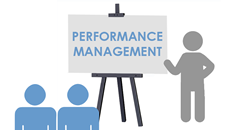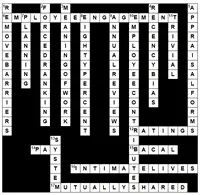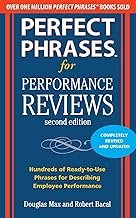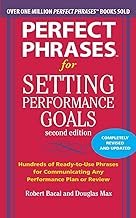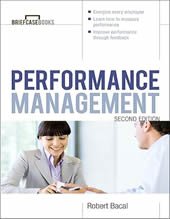What Affects Employee Performance And How To Fix Barriers
While we focus primarily on managing the performance of employees, we need to understand the factors that distinguish a high-performance workplace from one that is less successful.
To do that we need to understand all the factors that go into employee performance -- both those that boost performance, and the causes of poor performance.
After all we can't "fix" individual employee productivity unless we understand what causes and influences it.
In this section we'll look at what causes both high and low performance on both an individual employee level, and on a departmental or organization level.
Primarily, we'll focus on thinking about systems, and how they operate to affect workplace performance. The final article in this section deals with the implications of understanding performance within systems, and really addresses some of Deming's concerns about overfocusing on individuals and their performance.
- Defining "Performance At Work" With Examples - Meet Mary, Joan and Mark And Moving From Output To Value
It's easy to forget that "performance" isn't just about output, but it's about how well an employee contributes to the goals and purposes of the employer. Once you shift your thinking to value, and not output, you are on your way to understanding employee performance at work. - What "Causes" High Performance Employees, and What Gets In The Way
You may surprised at the fact that employee performance is heavily influenced by factors beyond their control -- i.e. system factors. This has serious implications for how we evaluate employee contributions. - System Variables Defined: Easy To Be Confused During Performance Evaluation
You MUST take into account during performance reviews that the individual's performance isn't all about him or her, but that many barriers to performance rest with the SYSTEM of work. - Case Study/Examples of System Variables on Individual Performance
To help you understand how system variables affect, and often determine actual employee performance, here's some examples. - Employee Performance = Individual Characteristics X Environment
Employee performance isn't determined by the employee's individual abilities or aptitudes, but by the environment as it interacts with those abilities. That has some profound implications for how we manage and evaluate individual performance. - Implications Of Taking A Systems Approach For Both Performance Reviews, and Improving Productivity
Here's the guts of effective performance management, and performance appraisals -- understanding the implications of thinking in systems on our understanding of human performance.
